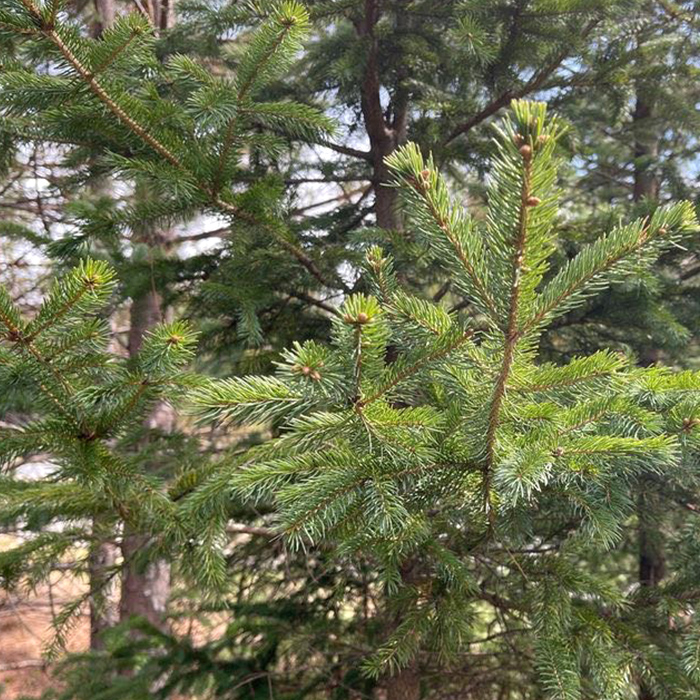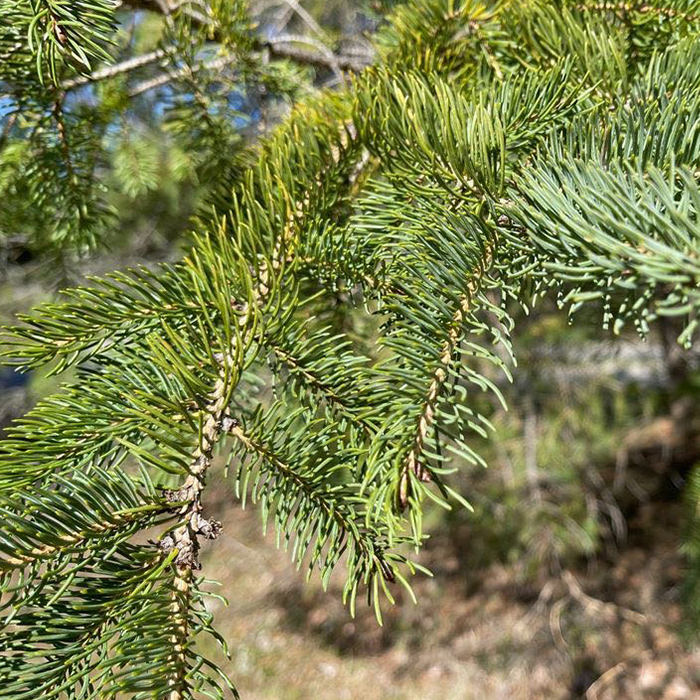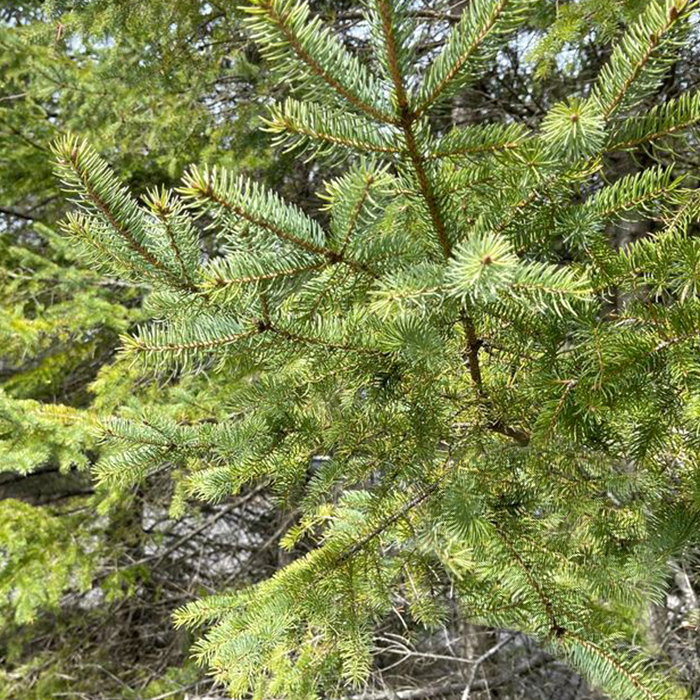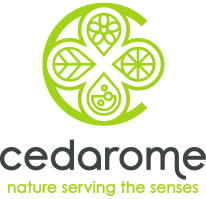Description
White Spruce essential oil is sourced across the Boreal forest of Canada, this oil is obtained from the needles and twigs of the Picea glauca tree through steam distillation. It is a colorless to pale yellow liquid with a middle note that possesses a crisp, clean woody forest aroma.
Olfactive Profile
Woody, fresh, camphoreous
woody
fresh
Flavor Profile
Food grade.
- Details
- Technical Sheet
- Downloads
- Sources
Details
Botany:
Picea glauca, is an evergreen coniferous member of the Pinaceae family. A large tree with narrow crown, it can grow to
40 meters tall. The blue-green needles are four-sided, sharp and stiff, and are ranged spirally on the twigs. The needles
have a glaucous (white waxy coating) bloom, hence the specific epithet and common name. The bark is loose, scaly and
greyish-brown.
Ethnobotany:
This conifer tree is closely linked to the survival of Indigenous Peoples and their settlers. Traditionally, its needles were
used for inhalations and fumigations, to treat flu, cough, and support women’s health after childbirth.
Uses:
Applications include fine fragrance, cosmetics, flavour/food and aromatherapy.
Technical Sheet
Botanical name: Picea glauca
Botanical family: Pinaceae
Accepted synonyms: Picea alba, Picea canadensis
Common names: Canadian Spruce, Western White Spruce, Alberta White Spruce, Porsild Spruce
Origin: Northwestern Canada, Quebec
Source: Canada
Cultivation Method: Wild and cultivated harvested
Crop Season: May to November
Plant part used: Needles and twigs
Method of extraction: Steam distillation
Main components: α -Pinene, β-Pinene, Myrcene, I-Limonene, Terpinolene
CAS: 8008-80-8 / 91722-18-8
INCI: Picea glauca needle oil
FEMA: 3034
EC: 294-419-8
Appearance: Colorless to pale yellow with a characteristic odor
Certifications and Declarations:


- Certificate of Analysis
- Safety Data Sheet
- Food Grade Statement
- Natural Statement
- Origin Statement
- GMO-Free
- Allergen
- No Animal Testing
- Prop 65
Downloads
Sources
BRIT – Native American Ethnobotany Database. (n.d.). Naeb.brit.org. http://naeb.brit.org
Integrated Taxonomic Information System. (2019). Itis.gov. http://www.itis.gov
Kricher, J. C., Morrison, G., National Audubon Society, National Wildlife Federation, & Tory, R. (1998). A
Field guide to Eastern forests : North America. Houghton Mifflin.
Marie-Victorin, Frère F.É.C, Luc Brouillet, Rouleau, E., Goulet, I., & Hay, S. (2002). Flore laurentienne. G.
Morin.
Moerman, D. E. (1998). Native American ethnobotany. Timber Press.
Petrides, G. A., Wehr, J., National Audubon Society, National Wildlife Federation, & Tory, R. (1998). A field
guide to eastern trees : eastern United States and Canada, including the Midwest. Houghton Mifflin.
Welcome to the PLANTS Database | USDA PLANTS. (2016). Usda.gov. http://plants.usda.gov






